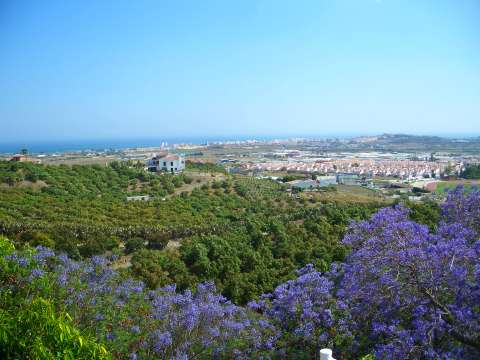Types of “Mediterranean Diets”
Updated on March 25, 2017
March 25, 2017
Mediterranean Diet is not any diet you might find around Mediterranean Sea
Posted

Not all diets around Mediterranean Sea are good for you
The term Mediterranean Diet is vastly used all over the world, but no always with the same meaning. In order to clarify the different concepts, we will try to explain them for the readers.
At first, we have to say that this nutrition pattern was not designed for weight control purposes. Nevertheless, it can be used to reduce, gain or maintain it. The way is to adapt the food intake to the desired aim. Not only quantities have to be calculated, but the proportion among different types of nutrients as well. In addition to this, some other aspects have to be controlled. A person with high blood pressure, for example, has to reduce as much as possible factors that might worsen her/his condition, as could be salt or alcohol intake.
We see that generally speaking, Mediterranean Diet is extremely versatile. Anyway, the common denominator of all “non contaminated varieties” is that, properly used, bring to the users a healthier and longer life. Nevertheless, the task of tailoring a Mediterranean Plan for a specific subject is not easy. Anyway, if you are an experience follower, you will be able to achieve it by simple instinct.
We could distinguish the following concepts:
a) The original Mediterranean Diet.
This is the nutrition pattern discovered in Crete (Greece) by Dr. Ancel Keys around 1950. It was the regular food of the residents in the island, mostly poor and most of them peasants, that had to live on the only resources they had: unrefined grain, olive oil, fresh vegetables, legumes and some other plant foods, dairy products as cheese and yogurt, a variable amount of fish, according to the capture, and a moderate quantity of meat. Combined with regular physical activity, this diet was found to reduce drastically their heart incidences. Nevertheless, this diet is very rich in salt, due to the olives and the cheese, something that people seemed to need to compensate the continuous effort at high temperatures. Anyway, it is not probably recommended for a sedentary and aged clerk living, for instance, in Alaska.
b) The current diets of the completely different people living nowadays around the Mediterranean Basin.
These are not examples to follow. They are contaminated by manufactured products, an excess of saturated and trans fats, new lifestyles and a higher level of income. Obesity is growing at high speed at the same time that many diseases of all types.
c) The ideal model that has been considered the best nutrition guide in the word and recognized as an Intangible Cultural Heritage by Unesco.
It is not a real and regular pattern followed in any specific country. It consist of a list of recommendations that people should follow, provided they wanted to get the same beneficial effects that the Crete Island inhabitants in 1945. You may read more through this blog and specifically in the Mediterranean Diet Home Page
Comments
Types of “Mediterranean Diets” — No Comments
HTML tags allowed in your comment: <a href="" title=""> <abbr title=""> <acronym title=""> <b> <blockquote cite=""> <cite> <code> <del datetime=""> <em> <i> <q cite=""> <s> <strike> <strong>